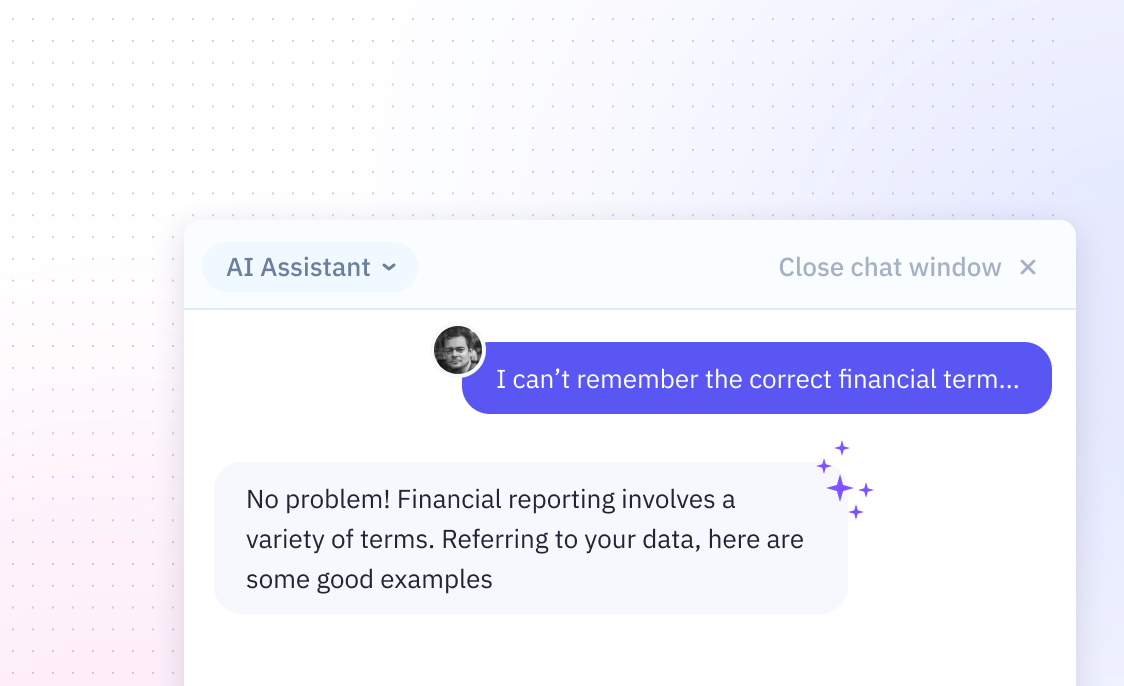
How To Connect Scatter Plot Points In Excel
Introduction
Creating a scatter plot in Excel is a common method to visualize the relationship between two variables. Connecting the points on a scatter plot can help in identifying trends and patterns within the data.
This guide provides step-by-step instructions on how to link scatter plot points in Excel. In contrast, we'll explore how Sourcetable's AI chatbot can instantly create and customize scatter plots through natural conversation - simply sign up for Sourcetable to transform your data analysis workflow.
Connect Scatter Plot Points in Excel
To connect data points in an Excel scatter plot, begin by selecting the data series within your chart. Right-click the chosen data series to access additional options.
Access Format Options
From the resulting context menu, click on "Format Data Series" to modify the appearance of your data points and to connect them.
Select Line Style
In the "Format Data Series" pane, opt for the "solid line" radio button to establish a continuous line connection between points.
Customize Line Appearance
Once you select "solid line," a dialog will appear providing customization choices. Here, select your preferred color, line style, and line thickness for the connecting lines.
Apply to Additional Data Series
If your scatter plot contains multiple data series, repeat the above steps for each series to ensure all points are connected accordingly.
Why Learning How to Connect Scatter Plot Points in Excel is Useful
Connecting points in Excel scatter plots helps visualize data trends and relationships more effectively. This skill is essential for data analysts, researchers, and business professionals who need to present complex data clearly.
Professional Applications
Connected scatter plots are valuable for tracking time-series data, analyzing stock market trends, and monitoring project progress over time. The connecting lines make it easier to identify patterns, outliers, and data progression that might be missed with disconnected points.
Data Visualization Benefits
Knowing how to connect scatter plot points improves data storytelling capabilities. Connected points create a visual flow that audiences can follow, making presentations more impactful and understanding data relationships more intuitive. This skill enhances Excel proficiency and strengthens data visualization expertise.
Use Cases for Connected Scatter Plots in Excel
Analyzing Trends in Data Over Time
Connected scatter plots allow you to visualize how variables change over time periods. By connecting the dots, you can easily track the progression and identify key moments of change in your time-series data.
Illustrating Relationships Between Variables
When plotting two related variables, connecting the points helps demonstrate how they influence each other. This is particularly useful for showing correlation and cause-effect relationships in your data.
Creating Visual Data Progression Reports
Connected scatter plots provide a clear visual narrative of how data points progress from one state to another. This makes them ideal for presentations and reports where you need to tell a story with your data.
Identifying Patterns and Anomalies
By connecting data points, patterns and irregularities become more apparent. The lines between points make it easier to spot trends, cycles, and unexpected deviations in your dataset.
Comparing Data Sequences Across Categories
When analyzing multiple categories of data, connected scatter plots help visualize how different sequences relate to each other. This enables easy comparison of patterns and trends between different groups or categories.
Excel vs Sourcetable: The Future of Spreadsheets
Excel has been the industry standard for spreadsheets, but Sourcetable is revolutionizing data analysis with its AI-powered approach. While Excel relies on manual functions and formulas, Sourcetable transforms spreadsheet work through natural language interactions. Simply tell Sourcetable what you want to do, and its AI chatbot handles the complexities for you. Ready to experience the future of spreadsheets? Sign up for Sourcetable to answer any spreadsheet question instantly.
Analysis Approach
Excel requires manual function input and formula knowledge. Sourcetable lets you chat with AI to analyze data, create visualizations, and generate insights instantly.
Data Handling
Sourcetable handles files of any size and connects directly to databases. Simply upload your data or connect your source, then tell the AI what insights you need.
Workflow Efficiency
Excel's traditional interface demands technical expertise and time-consuming manual work. Sourcetable's AI chatbot creates spreadsheets, generates sample data, and performs complex analysis through simple conversation.
Visualization Capabilities
Create stunning charts and visualizations in Sourcetable by describing what you want to see. Excel requires manual chart creation and formatting.
Frequently Asked Questions
How do I connect points in an Excel scatter plot?
Select a data series by clicking on one of its points, right click and select 'Format Data Series', then select the 'solid line' radio button in the dialog that appears.
How can I customize the lines connecting scatter plot points in Excel?
After adding lines through 'Format Data Series', you can customize the colour, line style, and line thickness using the options in the same dialog.
What's the quickest way to create a scatter plot with connected points?
Change the chart type to 'scatter with straight lines and markers'. If lines don't appear, right click the data series, select 'Format Data Series', and add lines.
Conclusion
Creating scatter plots and connecting points in Excel requires multiple steps. The process can be complex for users unfamiliar with Excel's charting features.
Skip the complexity and use Sourcetable's AI chatbot to build scatter plots instantly. The platform understands natural language queries and automates Excel tasks.
Start creating professional scatter plots and other charts effortlessly with Sourcetable today.






